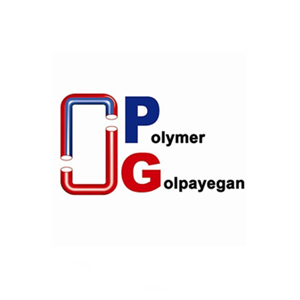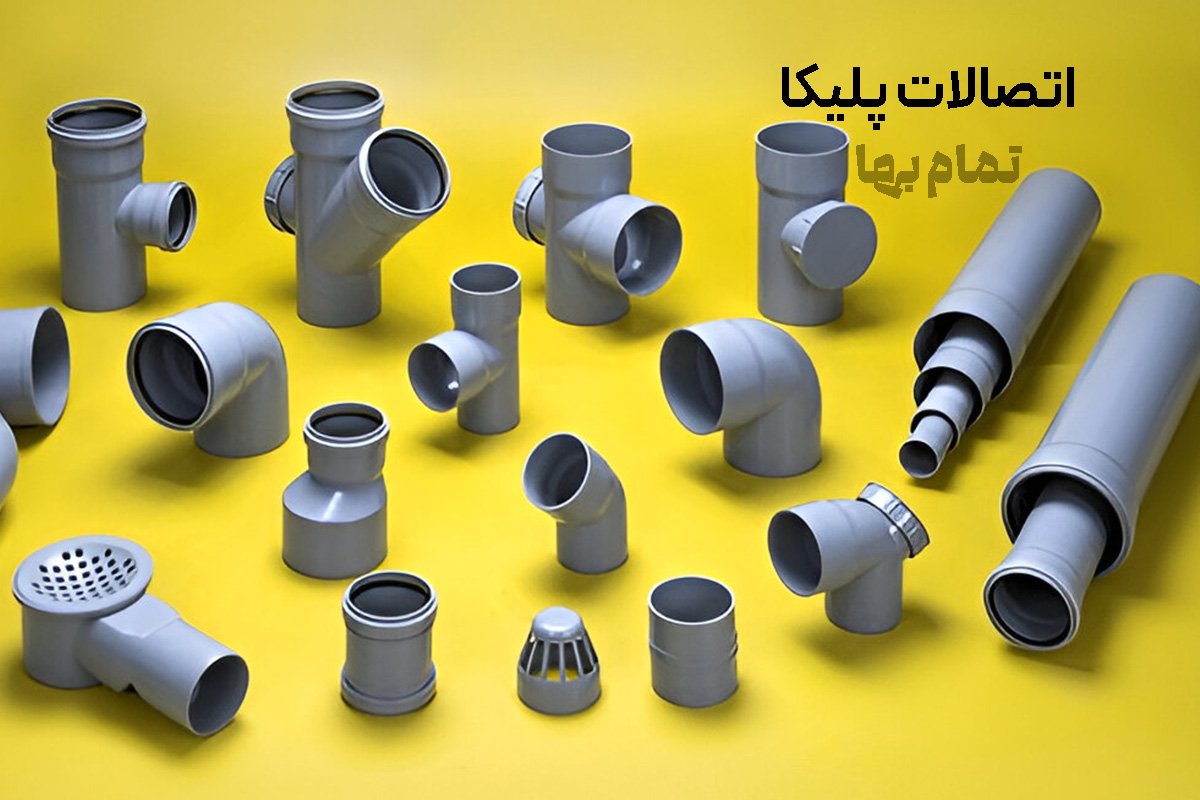uPVC fittings sit at the core of most modern piping networks and, thanks to their specific polymer blend, combine hydraulic efficiency, chemical safety, and mechanical durability in a relatively lightweight product. Unplasticized polyvinyl chloride (uPVC) is the base material; it is stabilized with thermal stabilizers, lubricants, and increasingly eco-friendlier additives to maximize resistance to impact, UV radiation, and long-term creep. Depending on formulation, fittings can handle nominal pressures (PN) of 6 to 25 bar and operate without structural loss from −5 °C to 60 °C. International standards such as ISO 1452-3 and ASTM D2466 for pressure fittings, or EN 1329 for gravity sewer, define the product test framework and ensure every piece has passed hydraulic, impact, and dimensional tests before release.
Key applications in urban and industrial infrastructure
- Urban gravity sewage transfer with long slopes and variable flow; PVC’s smooth internal surface prevents hydrocarbon and biological fouling.
- Pressurized water lines up to PN16 in residential and industrial projects, with minimal head loss and tolerance for repeated chlorination.
- Conduits protecting high-voltage and telecom cables, chosen for excellent resistance to corona and electrical stress.
- Low-pressure and pressurized agricultural irrigation systems—from small orchards to large center-pivot (pivot) fields.
- Air ducts and HVAC systems in commercial buildings, sealed with O-ringed sockets for airtightness.
- Transfer of dilute chemical solutions in electroplating and semiconductor facilities, subject to chemical compatibility.
Table 1 – Main uPVC fitting types and their application range
| Fitting name | Angle/Design | Most common application | Key advantage |
|---|---|---|---|
| 90° tee (straight) | 90° | Domestic wastewater branching | Minimal pressure drop at right angle |
| 45° tee | 45° | Diverting rainwater to soakaway pits | Reduced hydraulic noise |
| 90° cross | 90° with two branches | Industrial wastewater collectors | Consolidates lines at one point |
| 90° street elbow | 90° | Hidden redirection in floor builds | Easy formwork within concrete |
| 45° elbow | 45° | Piping in tight boiler/mechanical rooms | Uniform stress distribution |
| Concentric straight coupling | Straight | Line extension or repair | Precise axial alignment |
| Expansion coupling | Socket + piston | Building settlement/subsidence | Compensates 20 mm axial movement |
| PVC necked flange | Drilled | Connection to cast-iron valves | Easy periodic assembly/disassembly |
| Vent cap | Conical | Roof riser termination | Prevents birds and rain ingress |
| Cleanout | Threaded or solvent-weld | Localized blockage removal | Access without demolition |
Technical and economic assessment
Thanks to a density of about 1.4 g/cm³ versus cast iron (7.2 g/cm³) or galvanized steel (7.8 g/cm³), uPVC fittings are far easier to transport and install. Standard falling-weight impact tests show that even at 0 °C, uPVC fittings exhibit an average impact crack-initiation energy of 8 kJ/m²—fully adequate for shallow urban sewers. Over the life cycle, a 50-year total cost of ownership (TCO) analysis indicates direct material savings and up to 35% lower repair costs compared with metal systems.
Table 2 – Key comparison of uPVC with alternative materials
| Index | uPVC | PE100 polyethylene | Galvanized carbon steel |
|---|---|---|---|
| Typical nominal pressure | PN6–25 | PN6–25 | PN16–40 |
| Acid/base chemical resistance | Excellent | Very good | Poor to moderate |
| Thermal conductivity (W/m·K) | 0.17 | 0.40 | 50 |
| Nominal service life (years) | 50+ | 50+ | 25–30 |
| Need for anti-corrosion coating | None | None | Essential |
| Recyclability | 100% mechanical | 100% mechanical | 100% remelt |
| Relative installation cost* | 1.0 | 1.2 | 2.0 |
*1.0 denotes the lowest cost among the options.
Installation and solvent-welding requirements
- Surface cleaning and preparation with MEK-based solvent cleaners to remove grease and dust.
- Select the proper cement: universal medium-body for pipe up to 160 mm diameter, and heavy-duty cement for diameters above 160 mm.
- Standard gap in solvent-welded joints is 0.1–0.3 mm to ensure uniform adhesive distribution.
- Initial hold time varies with temperature from 30 seconds to 2 minutes; full cure for maximum pressure at 20 °C is 24 hours.
- For O-ringed joints, use silicone lubricant free of animal fats to avoid O-ring swelling.
Sizing and pressure selection guide
- For domestic gravity networks, a maximum flow velocity of 2.5 m/s is sufficient to prevent solids separation.
- In pressurized lines, keep operating pressure ≤ 0.8 of PN and use a minimum impact safety factor of 2.
- For ventilation systems, compute allowable pressure drop based on equivalent length and airflow, typically kept below 1 Pa/m.
On-site quality-control measures
- Cold-water hydrostatic test at 1.5× operating pressure for at least 30 minutes.
- Use a Pitot gauge to verify flow uniformity through successive elbows.
- Visual inspection of the solvent-weld bead after 10 minutes; bubbling indicates contamination or excess cement.

Sustainability and recycling
uPVC is fully suitable for mechanical grinding and recovery; a third recycling loop can feed products such as double-wall pipes or building profiles. In LEED and BREEAM-certified projects, using PVC-U fittings with 30% recycled content significantly supports Materials & Resources credits.
Roadmap for the future
With the development of mineral nanofillers, the next generation of uPVC fittings is expected to improve creep and impact resistance by up to 20%. Future versions of ISO 50001 may also require marking the carbon footprint (CFP) on each fitting body.
In closing, it is worth noting that the TamamBaha store, as a reputable supplier in Iran, offers a wide range of uPVC fittings in full size ranges compliant with the above standards and, through dependable availability and competitive pricing, helps contractors plan projects accurately—though these products are not exclusive to this store and other distributors are active in the market as well.




